Apogee updated its $595 Duet audio interface for the Mac, switching from FireWire to USB and updating the interface, while keeping all of the things that made the device a favorite among musicians.
The Duet took on a new black-front design with the latest model, allowing the equally new OLED screen to be easily seen by the user. The screen shows you guitar and mic input levels, output volume and headphone volume, all at a glance.
The big volume wheel on the front of the Duet makes it easy to adjust on-the-fly without the need to go into software or your mixing panel. This I found to be especially handy when laying down quick tracks.
Unlike many of its competitors that have the I/O built into the box, Apogee uses a breakout cable with the Duet. You might think that this setup would get messy, but it doesn’t.
The cable features two combination mic/instrument connectors (XLR and 1/4-inch) built into a single connector, and two balanced 1/4-inch connectors for speakers. I usually plug in my monitors and shuffle the output connectors to the side, leaving the two inputs. Easy and not complicated at all.
The Duet also comes with Maestro 2, a software control panel that allows you to adjust and change a number of parameters of the device. If you use Apple’s Logic or GarageBand, the control panel is accessible directly from the Window menu.
Duet 2 has two configurable touchpads on the front of the device that can be changed through Maestro. The touchpads can do things like “Mute Outputs,” “Dim Outputs,” “Sum to Mono” and other functions.
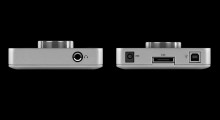
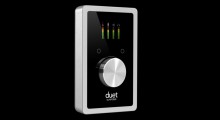
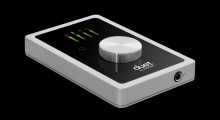

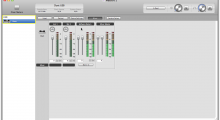
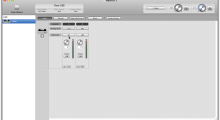
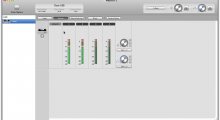
With the design and software out of the way, it’s time to get to what makes Apogee gear so special. The real genius of the Duet is not its design, but the sound quality. Apogee is one of the best audio gear makers in the business. I would gladly outfit my entire studio with Apogee gear if I could and I know many others in the pro audio world that would do the same. With the Duet, Apogee gives you that high-quality sound, but at a lesser price.
Some audio companies try to take their pro products and make them for the consumer. Often times, these products lack the quality that customers are used to — not Apogee.
The same engineers that build products like Symphony I/O at Apogee, built the mic preamps and AD/DA converters for the Duet. this is top notch gear.
The biggest question about the Duet is “can you actually hear the difference?”
You can, without a doubt, hear the difference when using the Duet over other audio interfaces. The signal is so clean and clear from the Duet that I often have to reconfigure my amp software to account for the signal.
I have Apogee gear that’s years old and still works and sounds amazing. That’s what you can count on with the Duet 2.
